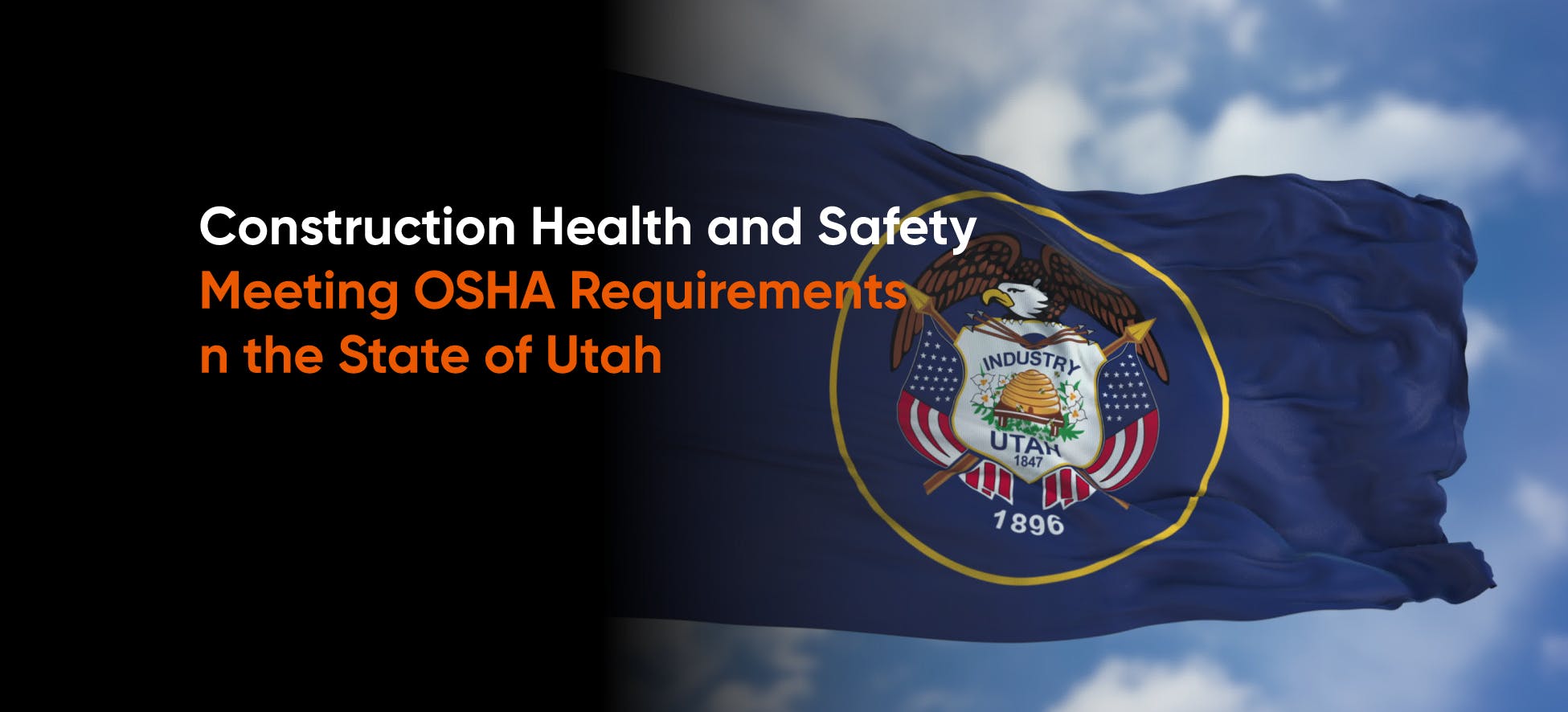Construction work is inherently risky, with workers often exposed to hazards such as falls, electrocutions, and heavy machinery accidents. To protect workers and promote safety in the industry, the Occupational Safety and Health Administration (OSHA) has established a set of standards and regulations that all construction companies must comply with. This article will explore the requirements and best practices for maintaining health and safety on construction sites in Utah, ensuring compliance with OSHA standards.

OSHA in Utah
The state of Utah operates under the federal OSHA program, which means that construction companies and workers are directly subject to federal OSHA regulations. The Utah Occupational Safety and Health Division (UOSH) is responsible for enforcing these standards and assisting employers and employees within the state. To meet OSHA requirements in Utah, construction companies must adhere to the following guidelines:
Develop and implement a safety program.
A comprehensive safety program is crucial to ensuring the health and safety of construction workers. This program should include a clear statement of the company's safety policy, hazard identification, assessment procedures, and hazard prevention and control guidelines.
Provide adequate training
Employers must provide employees with training that covers OSHA standards and regulations and specific hazards associated with their job duties. This training should be updated regularly and documented to demonstrate compliance with OSHA requirements.
Conduct regular inspections
Companies must regularly inspect their worksites to identify and rectify any potential hazards. These inspections should include all tools, equipment, machinery, work practices, and procedures.

Maintain accurate records
Employers are required to keep records of work-related injuries, illnesses, and fatalities. These records must be preserved for at least five years and made available to OSHA and UOSH upon request. Companies must also post the OSHA 300A Summary of Work-Related Injuries and Illnesses annually.
Report serious incidents
Any work-related fatality, hospitalization, amputation, or loss of an eye must be disclosed to OSHA within specific timeframes. For example, in Utah, employers have eight hours to report a fatality and 24 hours to report a hospitalization, amputation, or loss of an eye.
Key OSHA Standards for Construction
Some of the most critical OSHA standards applicable to construction work in Utah include:
Fall protection (29 CFR 1926.501)
Falls are the primary cause of fatalities in the construction industry. As a result, OSHA requires employers to provide fall protection for workers working at elevations of six feet or more above a lower level. Fall protection systems can include guardrails, safety nets, or personal fall arrest systems.
Scaffolding (29 CFR 1926.451)
Competent personnel must design, erect, and dismantle scaffolding and inspect it daily before use. The scaffold must support at least four times its intended load, and guardrails must be installed on all open sides.
Ladders (29 CFR 1926.1053)
Ladders must be inspected regularly and removed from service if defective. Workers must maintain three points of contact when climbing ladders, and ladders must extend at least three feet above the landing surface for access.
Trenching and excavation (29 CFR 1926.651 and 1926.652)
Employers must protect against cave-ins, such as shoring, sloping, or trench boxes. Trenches and excavations must also be inspected daily by a competent person, and workers must be provided with safe access and egress.
Electrical safety (29 CFR 1926.400 to 1926.449)
Construction workers are frequently exposed to electrical hazards, including power lines, temporary power sources, and electrical equipment. Therefore, employers must ensure that all electrical systems and equipment are properly installed, grounded, and inspected. In addition, workers should be trained to identify electrical hazards and follow appropriate safety procedures, such as maintaining a safe distance from live circuits and using appropriate personal protective equipment (PPE).
Personal protective equipment (PPE) (29 CFR 1926.95 to 1926.107)
Employers must provide workers with appropriate PPE based on the specific hazards present at the worksite, including hard hats, safety glasses, hearing protection, high-visibility clothing, and respiratory protection. In addition, workers must be trained on the proper use, care, and limitations of their PPE.
Hazard communication (29 CFR 1926.59)
Employers must establish a written hazard communication program that includes information about hazardous chemicals present at the worksite, safety data sheets (SDSs), and proper training on the handling, storage, and disposal of these chemicals. Workers must be informed of the hazards associated with the chemicals they work with and provide appropriate protective measures.
Best Practices for Meeting OSHA Requirements in Utah
To ensure compliance with OSHA standards and promote a safe working environment, construction companies in Utah should consider the following best practices:

Establish a safety culture.
Encourage a strong safety culture within the company by involving all management and employees in safety efforts, including regular safety meetings, open communication channels for reporting hazards, and recognizing employees who demonstrate a commitment to safety.
Provide ongoing training and education.
Regular training and education on OSHA standards, hazard identification, and safe work practices help keep workers informed and engaged in maintaining a safe worksite.
Foster open communication
Encourage workers to report hazards, near misses, and incidents without fear of reprisal which will help the company identify and address potential issues before they escalate into more significant problems.
Implement a hazard reporting system.
Establish a formal system for workers to report hazards, such as a suggestion box, hotline, or online reporting form, to help ensure all potential hazards are identified and addressed on time.
Conduct thorough accident investigations.
When accidents occur, conduct a thorough investigation to recognize the root cause and implement corrective actions to prevent future incidents.
Conclusion
Maintaining construction health and safety is essential for the well-being of workers and the success of construction projects in Utah. By following OSHA requirements, implementing best practices, and fostering a safety culture, construction companies can reduce the risk of accidents and injuries while promoting a safer working environment for all.

